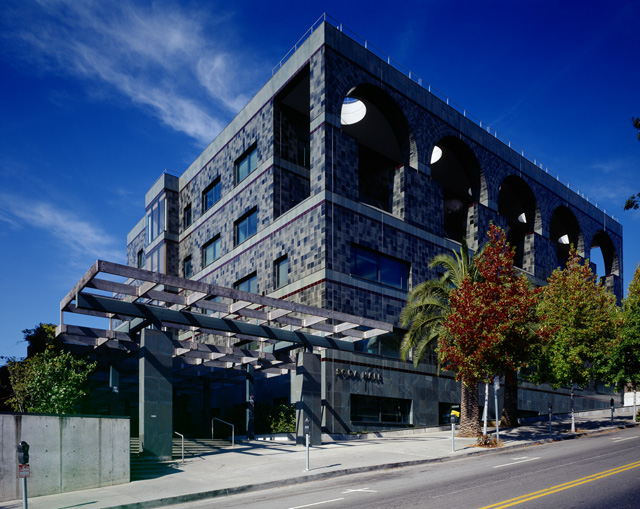Berkeley Orientation

My life has been busy in the past few weeks as I’ve gotten adjusted to life in Berkeley. Part of this process has been going through orientation. I sat through a new EECS graduate student orientation and a general graduate student orientation.
For the most part, what we discussed during the orientations wasn’t too surprising. Here are a few highlights from the EECS-specific one.
- There were 1,615 applicants to the computer science doctoral program. Berkeley accepted 83, for an acceptance rate of 5.1%. The yield was 43, not including five extra students coming in from last year’s cycle. Interestingly enough, this information doesn’t seem to be available anywhere and I’ve heard acceptance rates range from as high as 9% to as low as 2%, so it was nice to see these values come directly from the department chair. There were even more applicants for the electrical engineering program (at least 1,800). Coming from a school that has no engineering courses, I would have thought that computer science would have been more popular than electrical engineering. All together, we have 98 entering EECS Ph.D. students.
- The orientation made it clear that the department is passionate about supporting the well-being of its graduate students. The chair emphasized the need to be inclusive of people from all backgrounds. We also had a psychologist and a member from the Berkeley Disabled Students Program speak to us. Finally, there were representatives from the Computer Science Graduate Student Association (CSGSA), an organization designed by the students to support each other school (there’s also an EE version). I really did come out of this orientation feeling like Berkeley cares about their EECS graduate students.
- The end of the orientation was mostly about working and getting funding. There was too much information to absorb in one day, but fortunately the handouts we got contained the relevant information.
The general graduate student orientation, held the following day, was less useful than the department-specific one, and I could tell by the size of the crowd that most of the EECS students probably didn’t go. Some highlights:
- The most important one for me was learning about residency, residency, and residency. As a public school, Berkeley charges out-of-state students non-resident tuition, including graduate students. The EECS department pays for this during the first year, but from the second year onwards, we pay an extra $8,000 unless we’ve established California residency.
- I also attended workshops relating to student health services and “surviving and thriving” in Berkeley.
- And for any graduate student who expects to be hungry often, there was free breakfast and lunch.
In addition to orientation, I’ve had a few classes and research group meetings. I’ll talk about the research later — stay tuned.